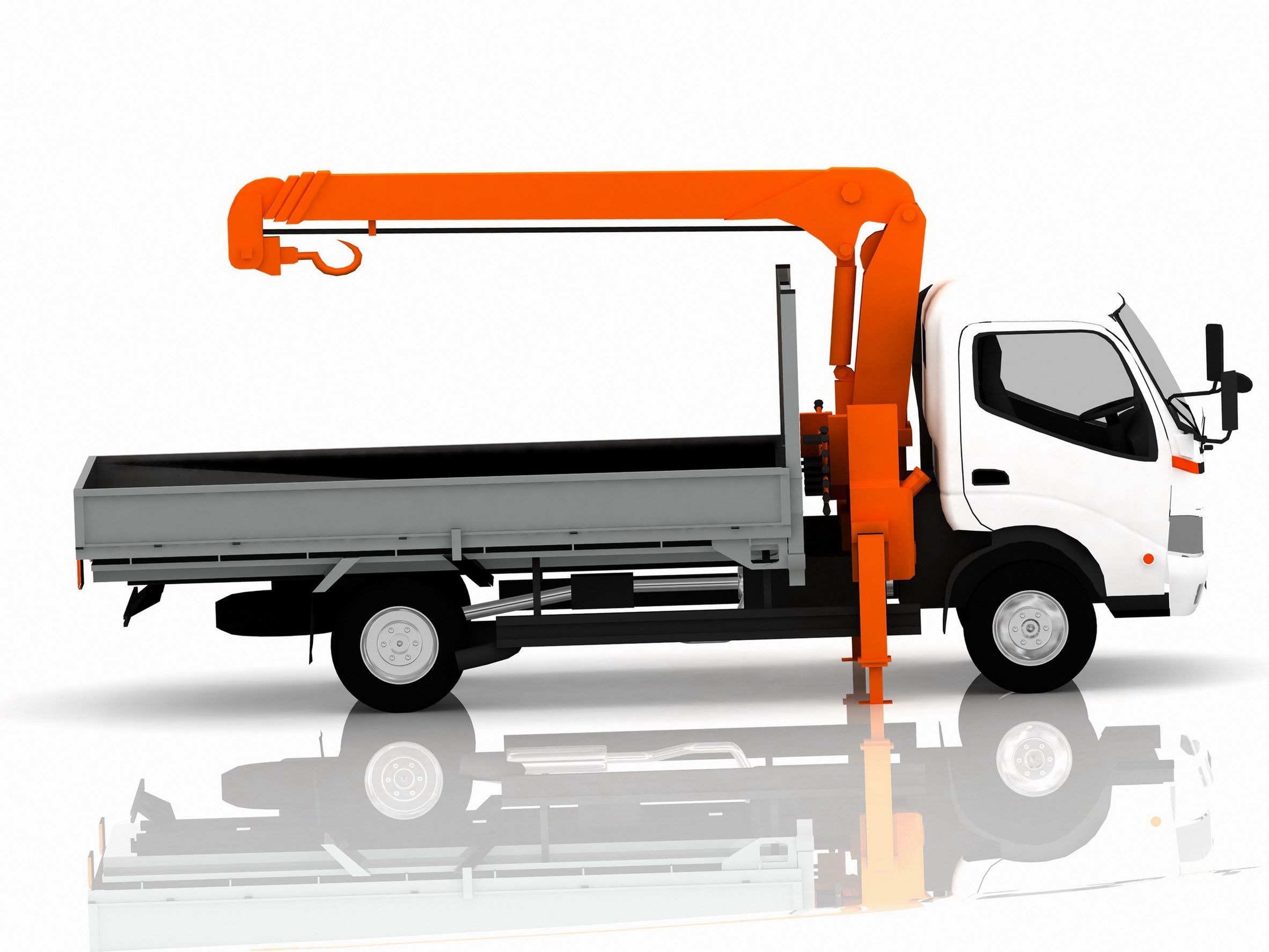You’ve got the crane, but what about the hoist? Moving loads reckoned in everything from pounds to tons, you need to have your equipment on point. Hoists can take a lot of different forms, either fixed, trolley, or below the hook, but you really need to consider what kind of work and work cycle you need the hoists for. Hoists move heavy loads that people can’t, and they work with all sorts of overhead cranes, gantries, and jib cranes.
Hoist Types
- Manual Chain: Come in ratchet hoists or hand chains, where hand gearing is used to control the lifting chain. Handles from ¼ ton up to as many as 50 tons – the weight of a small locomotive.
- Electric Chain: From ¼ ton to 20 tons, these run on trolleys that can be manually push, hand geared, or motorized.
- Air Powered Chain Hoists: These are the wheelhorses of stainless steel hoist. These hoists can be run continually at full load up to 100 tons, with fast work cycles. The air passing through the device keeps it cooler and vents the heat generated by the hoist into the atmosphere.
- Wire Rope: Uses stainless steel rope and can handle loads from ½ ton up to 300 tons – a load the size of a mining ore handler truck – can be with both top-running or under-hung cranes, or deck mounted.
All of these hoists have different options that make them highly versatile parts of your materials handling operations, whether you are a warehouse, production facility, shop, or other business.
Ergonomics and You
Making your workplace more ergonomic is more than a buzzword. It’s an actual science that studies how people interact with their workplace. With nearly three million workplace injuries a year, by the reckoning of the Bureau of Labor Statistics, it’s one that has some very real impacts on how working people avoid injuries such as back injuries, slip and falls, or strains, sprains, and tears. OSHA research shows that businesses can reduce injuries by up to a third by implementing mechanical aids that take the place of manual handling. When engineering controls are used along with personal protective wear and equipment, and work practice controls, OSHA says that the result is a more streamlined workplace that is safer and more efficient. Start learning more about cranes, hoists, and other material handling equipment, and give your workplace the makeover everyone deserves.

